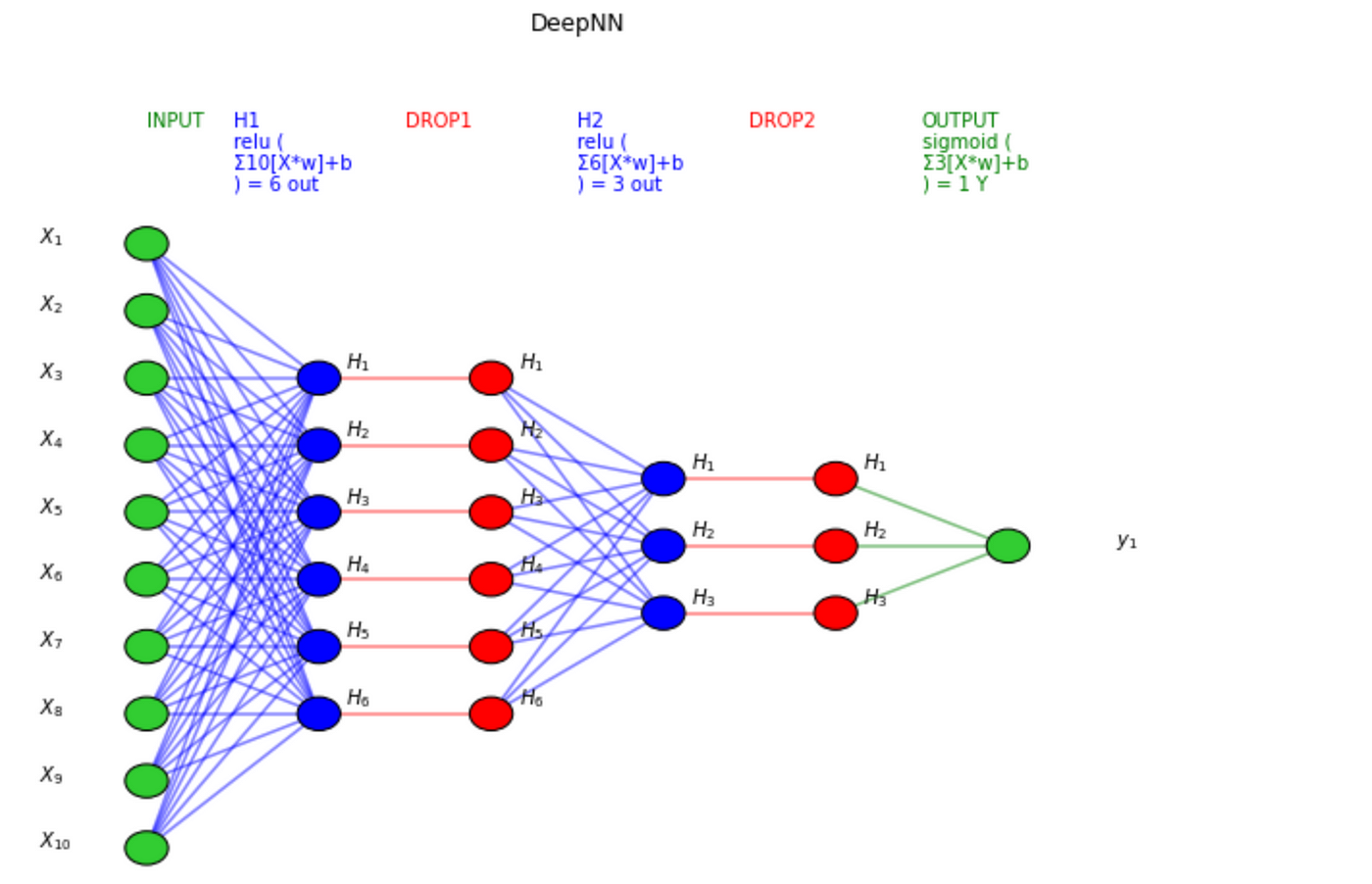Deep Learning with Python
Deep Learning with Python
Deep learning is a type of machine learning that uses algorithms called neural networks to make predictions or take actions based on data. It is a subset of artificial intelligence (AI) and is particularly well-suited to tasks that require the ability to learn and adapt over time, such as image and speech recognition.
Python is a popular programming language that is widely used in the field of data science and machine learning. It is known for its simplicity and readability, as well as its wide range of libraries and tools for scientific computing and data analysis.
Combining deep learning and Python offers several advantages. Python is a powerful and flexible language that makes it easy to implement and experiment with deep learning algorithms. It also has a large and active community of users and developers, which means that there are many resources and libraries available for working with deep learning in Python.
To get started with deep learning in Python, you will need to install a deep learning library, such as TensorFlow or Keras. These libraries provide a range of tools and functions for building, training, and evaluating deep learning models. You will also need to have some basic knowledge of Python programming and a working understanding of the principles of machine learning and neural networks.
Overall, deep learning with Python offers a powerful and flexible approach to building intelligent systems that can learn and adapt over time. With the right tools and knowledge, anyone can get started with deep learning in Python and begin exploring the exciting possibilities of AI.




Comments
Post a Comment
If you have any doubts. Please let me know.